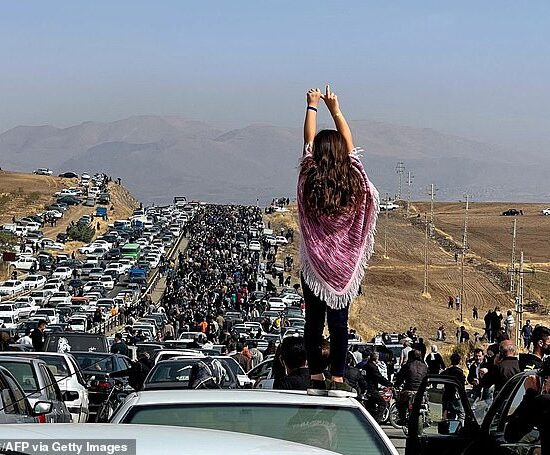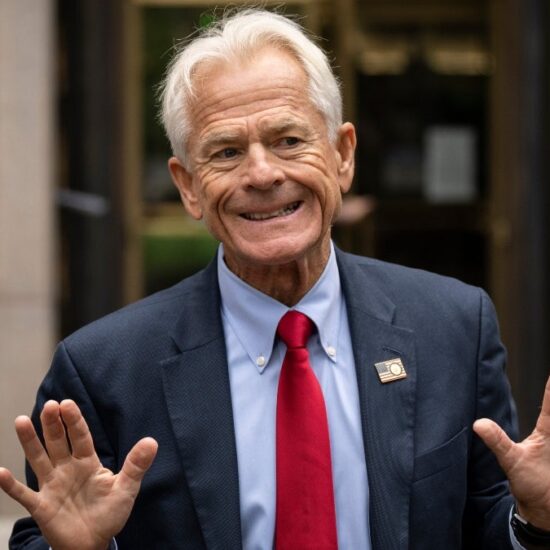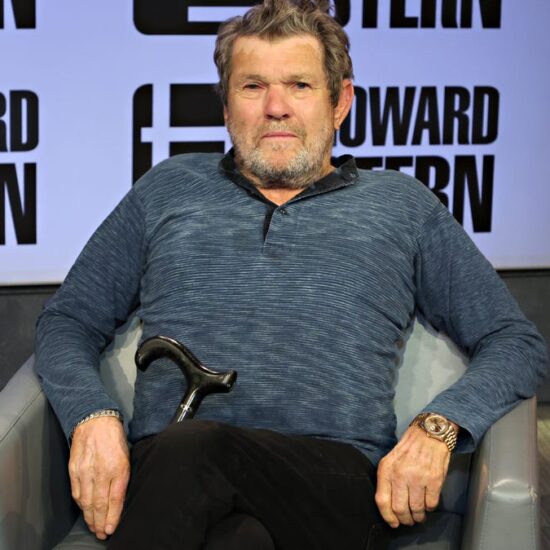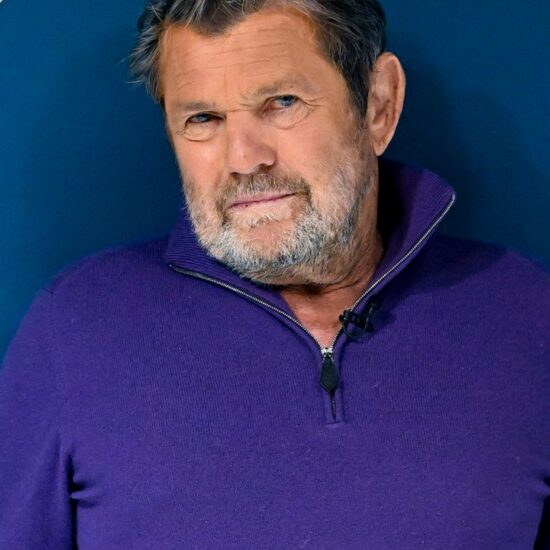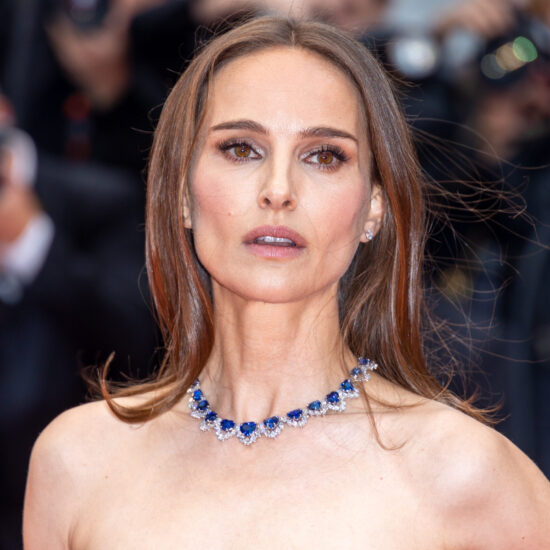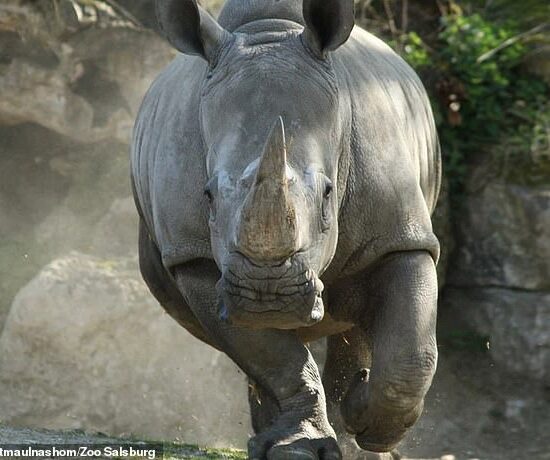
Ever since the coining of the phrase male gaze by Laura Mulvey in 1975, there has been the
question, what characterizes the female gaze? Or as I like to say, the feminine gaze (I’ll explain
why at the end of this article). Separate from the systemic issues, what is the essential nature of
the lens than is common to the way many women approach film making?
The feminine gaze is formed by the interplay of the writing, directing and cinematography.
Multitudinous decisions are made in each of these areas to create a film. Before every decision
is made there is an often-invisible understanding of what power is that shapes the decision. I
suggest that the feminine gaze has its own understanding of power. It sees power as the ability
to know yourself, be yourself, and to the extent that you can, support others in knowing and
being themselves. This is the common-thread that drives movies like Frances Ha, CODA, and
One Night in Miami. This notion of power is in high contrast to the masculine gaze that roots its
decisions in an understanding that power means to assert your will, even against resistance.
Being Human vs Being Active
The feminine lens is mesmerized by the art of being human. The camera is working to show the
unique way of being of each character. It looks into their eyes, notices their body posture, and
the connections they make to their surroundings. The audience is hungry for clues as to what
makes each person the way they are as they attach to the characters with empathy. The
camera lingers to appreciate the moments of authenticity and vulnerability. We see thoughts
settle in, naked vulnerability, selfishness, remorse, and need.
This is shown vibrantly in the tv series Never Have I Ever (Mindy Kailing, Lang Fishers
creator/producers). Devi’s face is the subject of attention as our minds are fascinated by her
compulsive lying and the heart-warming way that she discovers more about herself and
reconnects in her relationships.
Insight into the life history, and the deeper meaning of the character choices portrayed on the
screen pull us into the story. Hints of the child they were, the pain they have born, the grace
they have emerged with, the hardness yet to be understood. The camera is looking for the
individual. The uniquely interesting person. There may be goals and obstacles but these are
decorations around the compelling portrayal of what it takes to accept all of who you are and
live with a feeling of belonging.
The main theme of feminine storytelling is an exploration of our internal world, a metaphorical
place where the longing for love of self, authentic connection to friends and family, and
inclusion in our communities captivates us. It is the art of being, as expressed through
relationships.
Reflect for a moment on the movie A Beautiful Day in the Neighborhood (Marielle Heller,
director) to see the genius of the film’s feminine gaze that may have been unappreciated by
some because it was evaluated through a masculine perspective.
The masculine counterpart to the feminine art of being human is a bullet-like focus on being
active in the world. The camera defines the goal, and documents how the characters shape the
factors to produce their best outcome. The main theme of the story is conquering danger and
overcoming a fear of death to accomplish the clearly defined goal. It is the quest to right a
wrong, stop evil before it arrives, or find that much needed treasure to ensure safety now and
into the future. The camera shows the goal, tracks the progress, and appreciates decisiveness,
strength, and the overcoming of any obstacles in order to get back on track.
The masculine gaze has an objective lens. The camera cares about the source of the danger, the
tools and resources available to reach the goal, and the step-by-step clever way these resources
are put together to overcome obstacles. Emotion is controlled in the face of danger in order to
make rational decisions. We see the protagonist’s attention flash between either/or choices –
which option will allow him to achieve the goal or at least live to fight another day. Did the
villain go left or right? Is this guy an ally or enemy? Which door will take me to safety? The
camera also shows us the line between compliance or rejection of authority. The audience is
with the hero, feeling the fear, making the choices, and trying to stay ahead of the villain as he
crosses the point of no return.
The Soul of Beauty vs The Image of Beauty
Through a feminine gaze, beauty is seen when a person reveals their soul through their physical
form. I first read this concept in the book by Ronald Schenk entitled The Soul of Beauty: A
Psychological Investigation of Appearance and it captivates me to this day. The appreciation of
the stories hinted at by the lines on people’s face, what makes them sweat, and the way they
dress and hold themselves are all captured by the camera to evoke this understanding of
beauty. This is done so vulnerably and sometimes softly in the portrayal of Nancy, an older
woman acknowledging her desire to be a more fulsome sexual being, in Good Luck to You, Leo
Grande (Sophie Hyde director, Katy Brand writer).
The camera lingers on the beauty of everyday life. Textures, decorations that evoke memories
of home, or of their heritage or sense of place. Visual exploration of nature in a film expands
our hearts in a spiritual way, returns us to a feeling of connection to something bigger than
ourselves. Love needs this lingering and welcoming lens. The camera teaches the viewer this.
It shows the beauty that can be found in the mundane, the ugly, the unfamiliar. The camera
also takes the time to encourage curiosity. It appreciates the complexity of life, sometimes
playing with how the physically beautiful becomes ugly through their lack of self-connection,
and the ugly or unacceptable transform through our gaze as we spend time with them and
come to see their inherent inner beauty.
Beauty is also seen in the moments of connections between people. It is also seen in the space
between the people in the story. I loved these moments in Good Luck to You, Leo Grande,
where Nancy sends a message that can be read on the face of Leo. The audience is engaged by
their ability to read what that look means.
By contrast, the male gaze is interested in measurements that quantify the dangers ahead. How
far is the leap to safety, how many allies do we have and how many people are on our enemy’s
side? As an extension of this way of seeing, the masculine gaze holds an ideal image of beauty
and measures objects of desire against it. Youth, slim bodies, and symmetrical features become
common motifs that activate the love of the hero. They form a shorthand for the motivation to
risk one’s life to conquer the danger.
The Tension of Discomfort vs The Challenge of Fear
Love can be uncomfortable sometimes. Watching One Night in Miami (Regina King director,
Tami Reiker cinematography) I was squirming in my seat with the relationship tension. I
marvelled at how they stayed together in the room. There was an unspoken bond that said
their relationship was the most important thing to each of them. They stayed with the
emotional discomfort as they explored what it means to be a friend, shared what is individually
meaningful, and considered how change was something they all wanted but saw different ways
to support it. They stayed together long enough to find reconnection. Then they each went
their own way, clearer in who they are because of the discussion, and stronger because they
are supported by unconditional love.
What I learned through the movie is that when you stay with the tension you are richly
rewarded. As we look into James, Malcolm, Sam, and Cassius’ eyes, read the posture of their
bodies, feel the textures of the items in their room, we think about the same questions that
they are grappling with. The cool thing about these scenes is that they can mean different
things to me than they did to you. We add ourselves to the story. There is no right or wrong
answer.
Lady Bird (Greta Gerwig writer, director) is another example of holding this tension, keeping the
characters together so we can see those moments of transformation through love. This state of
disconnection is the precursor to reconnection. The storyline and film direction shows the
audience how to stay in the room, and feel the discomfort with curiosity for where it will lead.
This behaviour is often is richly rewarded by finding a place of authentic belonging, a sense of
what is meaningful, and joyful experiences.
The masculine gaze is tasked with helping us face the challenge of our fears. Fear is a powerful
early warning system of impending danger. The optimal response is to control the feelings and
come up with a plan. The actions required involve solid judgement, membership in a group of
skilled allies, and the ability to control some of the variables.
The camera holds on the villain’s face forcing the audience to look into the eyes of a person of
dominance. It flashes to our hero to show how he brings his fear under control with a smile or
glib comment.
Why call it the feminine gaze?
When I thought about movies that captured these qualities of the female gaze movies like
Enchanted April, The Queen’s Gambit, and Blue Jay also came to mind. These films were
written, directed, and filmed by men. As a result, I can’t say that only women are capable of a
feminine gaze. I will say that a disproportionate number of women have a natural talent for it,
be that biological or socialized.
Just as women have learned the nature of the masculine gaze and achieve expertise in that
cinematic form, men can also tap into the nature of a feminine gaze. What we need is an
industry that recognizes, distinguishes, and supports two distinctly different lenses: feminine
and masculine gazes.
More Kim Hudson:
Did You Know?
• Raindance Film Festival is considered one of the top fifteen film festivals in the world?
• Let Raindance guide you on your filmmaking pathway. call +44 (0) 207 930 3412 or email filmschool@raindance.ac.uk
Kim Hudson is a narrative theorist and a pioneer in storytelling from the feminine perspective. She’s the originator of the ‘Virgin’ story structure. While a film student in Vancouver, Kim was told that all story from all time was based on one story, the Hero’s Journey, one universal story.
Kim instantly recognized the power of the Hero’s journey and began a lifelong journey to adapt and innovate the Hero’s journey into a revolutionary paradigm to enhance the storytelling and screenwriting journey from the feminine perspective.
For the next two decades she was thrown into her own quest to bring this new journey to life. Exploring mythology, psychology (Jung), story structure and hundreds of movies, Kim recognized a second story structure. She described it in her ground-breaking book, The Virgin’s Promise: Writing Stories of Creative, Spiritual and Sexual Awakening.
Kim has an unusual background. She is trained in geological exploration and is a specialist in treaty negotiation with indigenous people. She is currently a Fellow with Simon Fraser University Centre for Dialogue and Director of the Two Ways of Knowing project. She presents her unique story class internationally. She currently lives in the Yukon, Canada with her daughters and dog.










